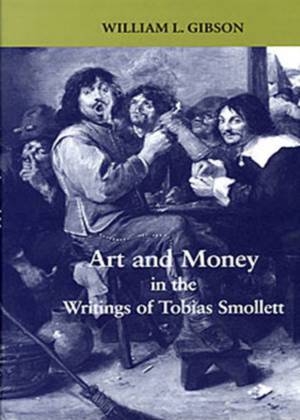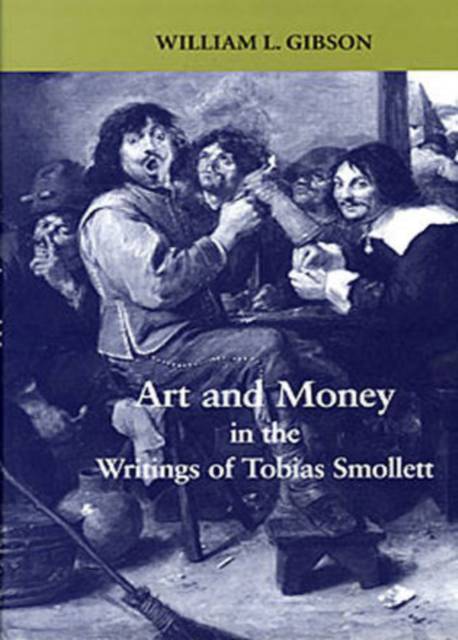
- Retrait gratuit dans votre magasin Club
- 7.000.000 titres dans notre catalogue
- Payer en toute sécurité
- Toujours un magasin près de chez vous
- Retrait gratuit dans votre magasin Club
- 7.000.0000 titres dans notre catalogue
- Payer en toute sécurité
- Toujours un magasin près de chez vous
Description
Shedding new light on a misunderstood master, this study situates Tobias Smollett (1721-1771) as a key witness to the birth of the modern commercial art market. Focusing on the aesthetic issues of taste, luxury, commercialism, as well as aesthetics itself, William L. Gibson examines Smollett's histories and non-fiction writing as well as his novels to open a panorama on the eighteenth-century art world. Art and Money in the Writings of Tobias Smollett demonstrates how Smollett's articles on fine art for the Critical Review (1756-63) straddle the fence between advertisements and art criticism, and create snapshots of the role periodical publishing played in fostering the commercial art market. Chapters on Peregrine Pickle (1751, revised 1758), Travels Through France and Italy (1766), and The Expedition of Humphrey Clinker (1771) explore Smollett's perspective on the burgeoning art market of the period, the social aspect of art appreciation, and the role of fashionable architecture. Smollett's articles from the Critical Review, never before collated and printed in a scholarly work, are collected in an annotated appendix, while the lavish illustrations to his Complete History of England (1755-58), and its Continuation (1760-65), which underlines the writer's complicity in the for-profit art world of the time, are examined in a second appendix.
The Tobias Smollett that emerges in this study is a far cry from the blustering "Smelfungus" portrayed by his fellow novelist Lawrence Sterne. Instead, he is discovered to be sensitive to the major aesthetic issues of his day, and instrumental in the birth of the public art market. Lucidly written and thoroughly researched, Art and Money in the Writings of Tobias Smollett will be of interest to people in literary history and criticism, art history, and social history - whether as scholars, students, or generally educated readers.
The Tobias Smollett that emerges in this study is a far cry from the blustering "Smelfungus" portrayed by his fellow novelist Lawrence Sterne. Instead, he is discovered to be sensitive to the major aesthetic issues of his day, and instrumental in the birth of the public art market. Lucidly written and thoroughly researched, Art and Money in the Writings of Tobias Smollett will be of interest to people in literary history and criticism, art history, and social history - whether as scholars, students, or generally educated readers.
Spécifications
Parties prenantes
- Auteur(s) :
- Editeur:
Contenu
- Nombre de pages :
- 227
- Langue:
- Anglais
- Collection :
Caractéristiques
- EAN:
- 9781611482478
- Date de parution :
- 01-01-07
- Format:
- Livre relié
- Format numérique:
- Genaaid
- Dimensions :
- 166 mm x 245 mm
- Poids :
- 505 g

Les avis
Nous publions uniquement les avis qui respectent les conditions requises. Consultez nos conditions pour les avis.






